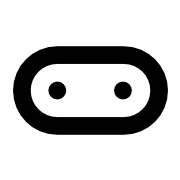Introduction to Blocks Language
The Blocks language is a visual programming language designed for the Microsoft MakeCode platform, enabling users to create programs by snapping together blocks that represent code constructs. This approach simplifies coding for beginners, particularly in educational settings, allowing users to focus on logic and structure without the complexities of syntax.
Key Features:
- Visual Programming: Users can drag and drop blocks to create programs, making it accessible for all ages.
- Event-Driven: Supports event-based programming, where actions are triggered by events like button presses or sensor inputs.
- Built-in Functions: Includes a variety of built-in functions for mathematics, logic, and control structures, enhancing functionality.
- Educational Use Cases: Ideal for teaching programming concepts in schools, coding camps, and workshops, fostering STEM education.
Use Cases:
- Beginner Coding: Perfect for introducing programming to children and beginners.
- Interactive Learning: Engages students through hands-on projects and real-time feedback.
- STEM Education: Supports curriculum in science, technology, engineering, and mathematics by providing practical coding experience.

